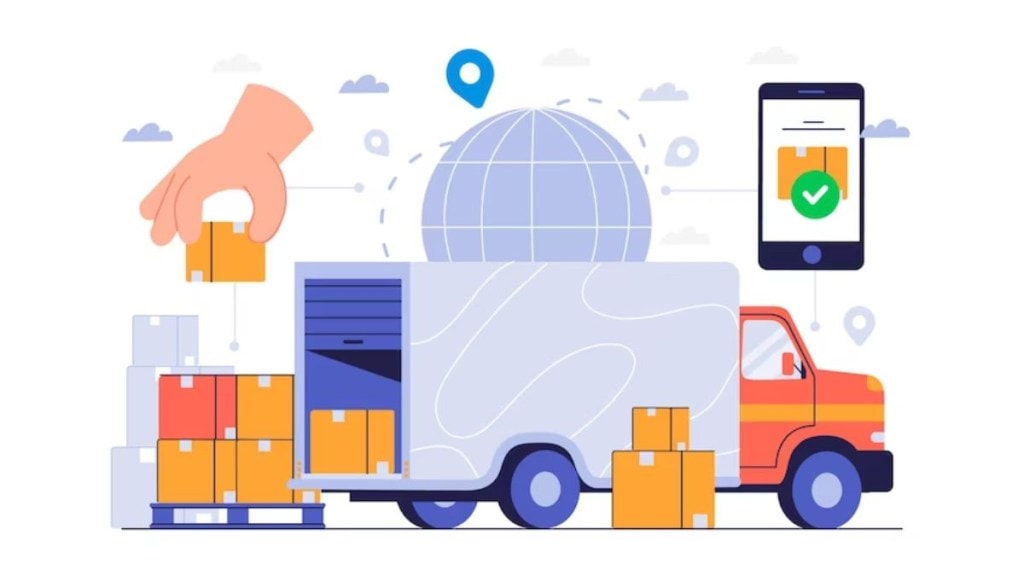By Yogesh Dhingra
Last year was a high point for the Indian logistics industry. From launching key initiatives to democratize the industry and streamlining the sector, the Government of India has taken vital steps to boost the nation’s e-commerce, digital economy, ease of doing business, and infrastructure initiatives.
In an effort to further the accessibility of ecommerce and empower small and medium-sized businesses, the Department for Promotion of Industry and Internal Trade (DPIIT) launched a digital platform – the Open Network for Digital Commerce (ONDC) to create equal opportunities through open-sourced networks which are easily accessible to all stakeholders in the e-commerce industry, including logistics providers.
While the aim is to digitise and develop a platform that would facilitate seamless exchange between buyers, sellers, and logistics service providers, ONDC is currently at a nascent stage. The process of unifying all services and products will progress in a timely manner as the platform is onboarding various parties that will engage in trading services. A robust ecosystem will build upon various factors with improvised solutions, trust, and quality. By enabling multiple business to access the online marketplace with ease, ONDC has the scope to truly transform the Indian logistics industry.
To that effect, the introduction of the National Logistics Policy has also played a key role in further organising the sector. The policy sets out a number of goals, including reducing logistics costs from the current double-digit percentage of GDP to a goal of around eighth percent in the next five years, boosting employment and establishing a technology-enabled and integrated logistics system leading to more speed and efficiency. To achieve this feat, the government has already initiated various infrastructure projects to build cargo and freight corridors that will strengthen the logistics network. Additionally, multimodal logistics parks are also being built as a part of making India a global hotspot for logistical services that provide high-quality services. These facilities will improve the existing connectivity and provide logistics companies with access to world-class technology, including modern warehouses, cold storage facilities, and efficient transportation networks. Ultimately, this will play a critical factor in establishing India as a manufacturing hub for domestic consumption as well as enhancing India’s trade competitiveness for global exports.
Since the launch of the National Logistics Policy, there have been several significant changes in the logistics sector. One of the most notable changes is the introduction of the Unified Logistics Interface Platform (ULIP) for logistics companies. This system simplifies and reduces the time required to resolve logistics-related challenges such as transportation services and operational hindrances that will further improve efficiency.
However, there are still some challenges that need to be addressed. For example, the flexibility to choose preferred logistics partners based on desired delivery times and speed could further democratize the process and increase customer convenience. That said, it needs to be developed in a way that gives more control over customization to offer a seamless and customer-centric experience.
Overall, ONDC and the National Logistics Policy will bring about crucial and significant changes required in the e-commerce and logistics sectors in India. Even though these initiatives and reforms were introduced just recently, it is a step in the right direction that will help create an efficient, transparent, and cost-effective ecosystem for businesses and consumers alike.
Despite these challenges, the market for ONDC is still developing with National Logistics Policy providing a complementary environment for this industry to thrive. By fostering an adaptable and tech-enabled ecosystem, these initiatives have the potential to drive economic growth, create jobs, and help India develop a strong and efficient logistical ecosystem thereby furthering India’s goals of becoming a major manufacturing hub.
The author is the founder, MD and CEO of Smartr Logistics

